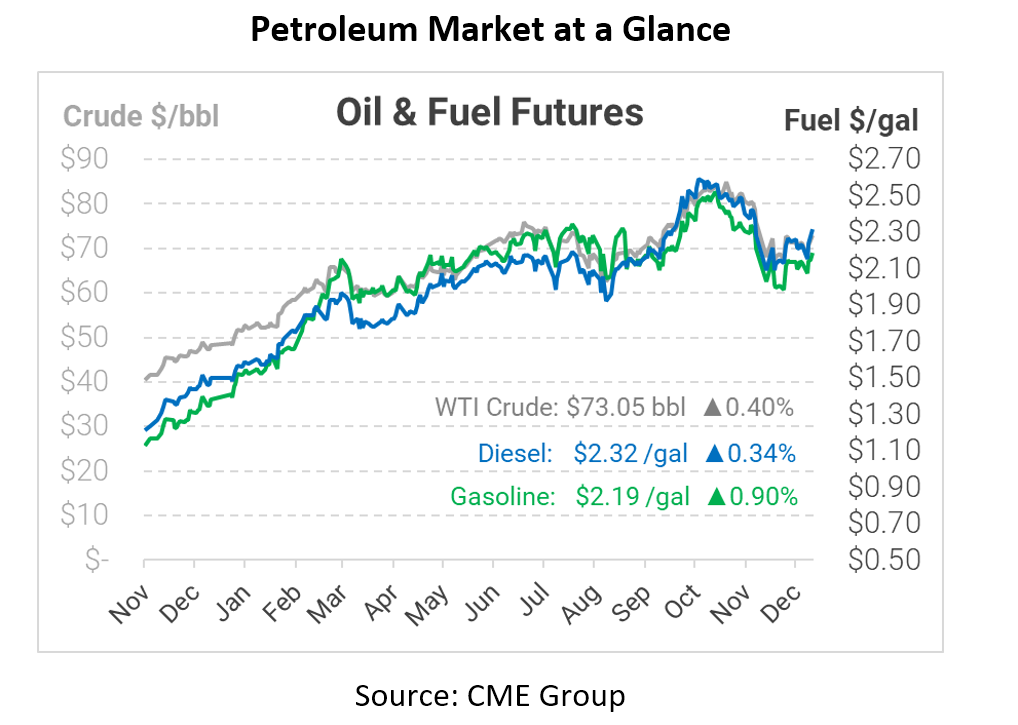
Car Wars: Return of the Fuel Efficiency
Turmoil strikes! The galaxy is divided after the Environmental Protection Agency (EPA) released on Monday new vehicle emissions standards that will run through 2026. These newly released standards directly contrast former President Donald Trump’s looser car pollution reduction tactics, and instead will lead the United States to move closer toward electric vehicles.
Pollution has always been a topic of interest to Americans, especially the politicians that push a greener world. With electric cars being introduced to the market at a rapid pace, headed by companies such as Tesla, even traditional manufacturers such as Ford are making the transition by introducing all-electric new trucks. This week marked a massive step forward for environmentalists as the EPA released new emissions standards. “We are setting robust and rigorous standards that will aggressively reduce the pollution that is harming people and our planet,” said EPA Administrator Michael Regan.
With these new EPA rules, if you look at it from a miles per gallon (mpg) perspective, the new requirements would be an average of 40 mpg in 2026, the date that the new standards will run through. This is vastly different from the Trump regulations that saw an average 32 mpg standard. But this is far from the endpoint. Agency analysts suggest that these regulations could go much further, even stretching into 2030. With these new rules, the EPA predicts that by 2026, 17% of all new vehicles manufactured will be either electric vehicles (EV’s) or hybrid models.
Both sides of the aisle have strong opinions about the standards, but the EPA can’t simply Jedi mind-trick the industry into agreement. Opponents say that increasing efficiency increases the cost of new vehicles, placing a burden on consumers. On the other hand, increasing efficiency means fewer trips to the gas station, and the EPA estimates that the bill will save consumers $1,000 over the lifetime of a car. The EPA also expects the benefit from environmental and economic gains to exceed costs by $190 billion.
During the Obama presidency, stricter vehicle regulations were imposed for emissions. This was quickly undone by the Trump presidency, and in turn those looser regulations have now been unwound by the Biden White House. Biden says he wants 50% of all new vehicles in 2030 to be either EV or plug-in hybrid models. Whether or not this is doable remains a debate between both sides of the political spectrum.
Will the debate toward a fully electric fleet bring a balance to the Force in the near future? Don’t count on it.
This article is part of Daily Market News & Insights
Tagged:
MARKET CONDITION REPORT - DISCLAIMER
The information contained herein is derived from sources believed to be reliable; however, this information is not guaranteed as to its accuracy or completeness. Furthermore, no responsibility is assumed for use of this material and no express or implied warranties or guarantees are made. This material and any view or comment expressed herein are provided for informational purposes only and should not be construed in any way as an inducement or recommendation to buy or sell products, commodity futures or options contracts.







